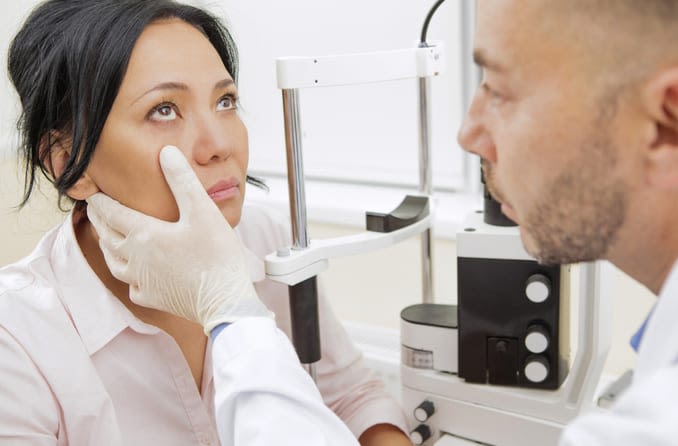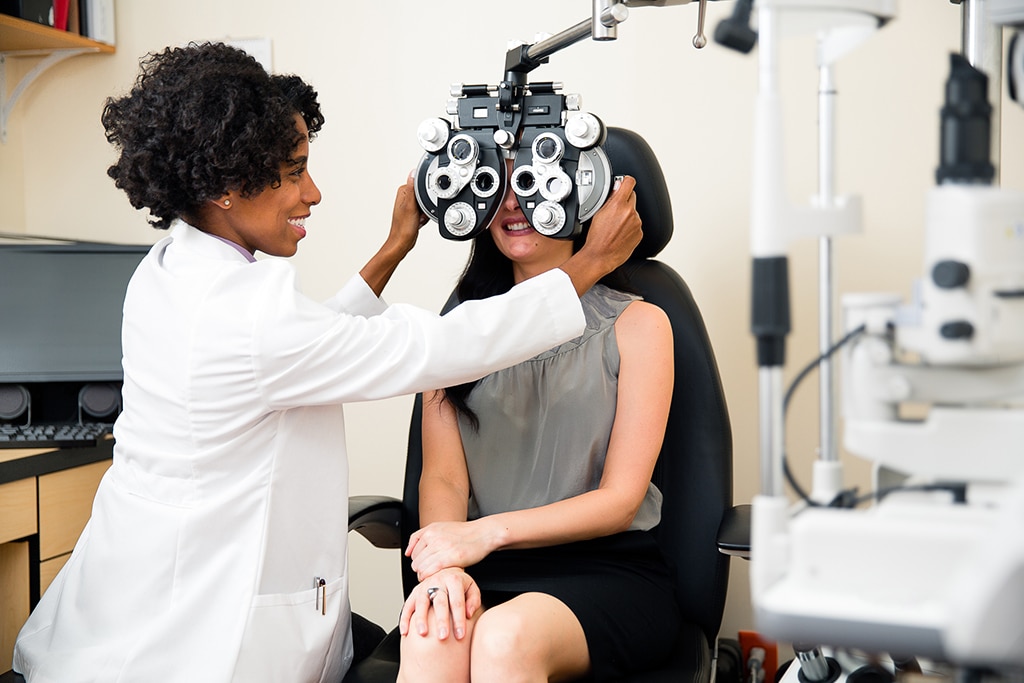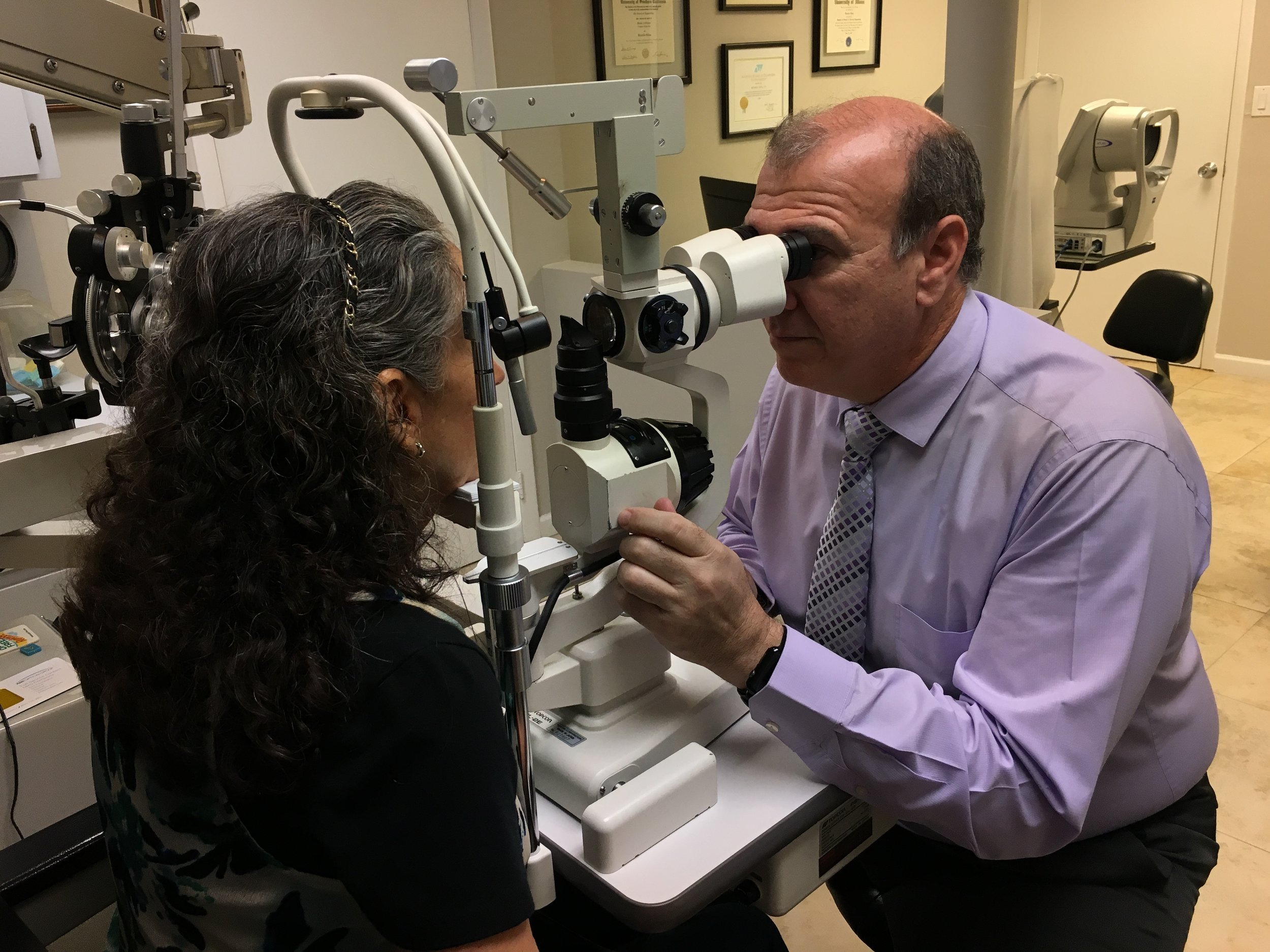Explore Advanced Solutions at Opticore Optometry for Eye Wellness
Explore Advanced Solutions at Opticore Optometry for Eye Wellness
Blog Article
Exploring the current Technical Improvements in Optometry and What They Mean for Optometrists
In the ever-evolving field of optometry, current technological innovations are reshaping just how professionals approach eye treatment. From the precision of Optical Coherence Tomography to the nuanced understandings provided by AI-driven analysis tools, these technologies are setting brand-new standards in person assessment and treatment. Teleoptometry is positioned to redefine availability, ensuring that proficiency transcends geographical constraints. As these advancements permeate the practice, optometrists are encountered with the difficulty of welcoming these tools to improve person results. Yet, the inquiry remains: exactly how will these technical changes redefine the roles and obligations within the career?
Advancements in Diagnostic Devices
Advancing the area of optometry, advancements in diagnostic tools have actually revolutionized the means eye treatment professionals assess and detect visual impairments and eye problems. The previous decade has actually experienced substantial technical advancements, enabling even more comprehensive and exact examinations.
An additional secret technology is the introduction of sophisticated corneal topography systems, which map the surface area curvature of the cornea with precision. These devices are specifically useful for suitable contact lenses and identifying corneal problems. Moreover, digital retinal imaging has changed typical ophthalmoscopy, providing thorough, panoramic views of the retina that assist in thorough visual assessments.
The development of wavefront aberrometry has also been essential, allowing the evaluation of refractive mistakes with unequaled precision (Optometrist Chino). This technology helps in personalizing restorative lenses and improving surgical results for refractive surgical procedures. Jointly, these analysis innovations encourage eye doctors to deliver superior person care, making sure early intervention and tailored therapy approaches, inevitably boosting visual health and wellness outcomes
AI in Patient Management
Building on the foundation of cutting-edge analysis tools, the unification of synthetic knowledge (AI) in client management stands for a transformative leap for optometry. AI systems are progressively utilized to improve efficiency, accuracy, and customization in patient treatment.
Moreover, AI-driven systems facilitate streamlined person interactions and administrative procedures. Automated scheduling, virtual examinations, and customized follow-up plans not only boost patient contentment but likewise maximize time management for professionals. These systems can triage people based on the seriousness of their conditions, ensuring that those in vital demand receive prompt attention.
Moreover, AI improves decision-making by giving eye doctors with evidence-based recommendations and treatment pathways. By integrating data from electronic health and wellness records, AI devices use understandings that educate professional decisions, decreasing the danger of errors and enhancing individual end results. As AI remains to advance, its duty in person management will likely expand, reshaping the landscape of optometric care.
Developments in Retinal Imaging
In the world of optometry, retinal imaging has observed exceptional technological developments that are improving diagnostic abilities and client care. Developments such as Optical Coherence Tomography (OCT) and fundus photography have actually changed just how eye doctors picture and examine the retina. OCT, in particular, provides high-resolution, cross-sectional pictures of the retina, enabling for the in-depth evaluation of its layers. This capability is invaluable for early discovery and monitoring of problems like glaucoma, diabetic person retinopathy, and age-related macular deterioration.
Improved imaging modalities you can try this out like OCT angiography are more refining diagnostic precision. This non-invasive strategy maps blood flow in the retina, providing vital insights right into vascular wellness without the demand for color shots. Furthermore, adaptive optics innovation is being incorporated into retinal imaging systems to fix eye aberrations, delivering unmatched picture clarity. Such innovations assist in the recognition of minute retinal adjustments that could symbolize condition development.
Additionally, developments in expert system are augmenting retinal imaging by making it possible for automatic evaluation of huge datasets. These systems aid optometrists in determining patterns a sign of pathology, consequently boosting analysis accuracy and efficiency. Collectively, these developments are changing retinal imaging into a foundation of modern-day eye treatment, boosting end results and increasing therapeutic possibilities.
Teleoptometry's Growing Role
Teleoptometry is increasingly ending up being an important element of eye treatment, driven by advancements in digital interaction and diagnostic devices. This is especially useful in rural and underserved locations where access to specialized eye treatment is typically limited.
The assimilation of man-made intelligence (AI) more improves teleoptometry, enabling the evaluation of visual information and helping in the discovery of ocular problems such as glaucoma and diabetic retinopathy. AI-powered algorithms can swiftly webpage analyze complex imaging information, supplying optometrists with important understandings that boost medical decision-making.
Additionally, teleoptometry sustains connection of treatment via smooth assimilation with electronic health documents (EHRs), enabling eye doctors to maintain detailed patient histories. This makes certain that individuals obtain consistent and tailored treatment even when seeking advice from with various specialists.
In spite of these advantages, obstacles remain, including making sure information security and managing client assumptions. Teleoptometry stands for a substantial stride in the direction of even more available, effective, and patient-centered eye treatment. As modern technology advances, its role is positioned to expand further.

Future Patterns in Eye Care
A myriad of innovative trends is established to reshape the future of eye treatment, driven by technological advancements and the advancing needs of patients. One significant trend is the assimilation of expert system (AI) in diagnostics, which guarantees to improve the precision and efficiency of eye examinations. AI formulas can assess huge quantities of data from retinal images, possibly finding problems like diabetic person retinopathy and glaucoma earlier than standard techniques.
Furthermore, customized medicine is obtaining grip in optometry, with hereditary testing educating tailored treatment strategies. This technique aims to maximize individual outcomes by customizing interventions to individual hereditary profiles. Wearable modern technology, such as wise contact lenses, is additionally imminent, offering real-time surveillance of intraocular stress or glucose degrees, therefore providing continual understandings into systemic and ocular wellness.
The fostering of increased truth (AR) and virtual fact (VR) in training and person education and learning is another arising trend. These modern technologies provide immersive experiences that can boost understanding and skills both for optometrists and people. As these patterns evolve, optometrists have to stay abreast of technical developments to give advanced treatment, ensuring improved individual end results and contentment in the dynamic landscape of eye care.
Final Thought

Collectively, these analysis innovations equip optometrists to deliver superior person care, making sure early intervention and customized treatment strategies, inevitably enhancing visual health end results.

As these innovations proceed to progress, optometrists need to adapt and incorporate them right into technique, eventually maximizing operations effectiveness and elevating the criterion of eye care provided to individuals.
Report this page